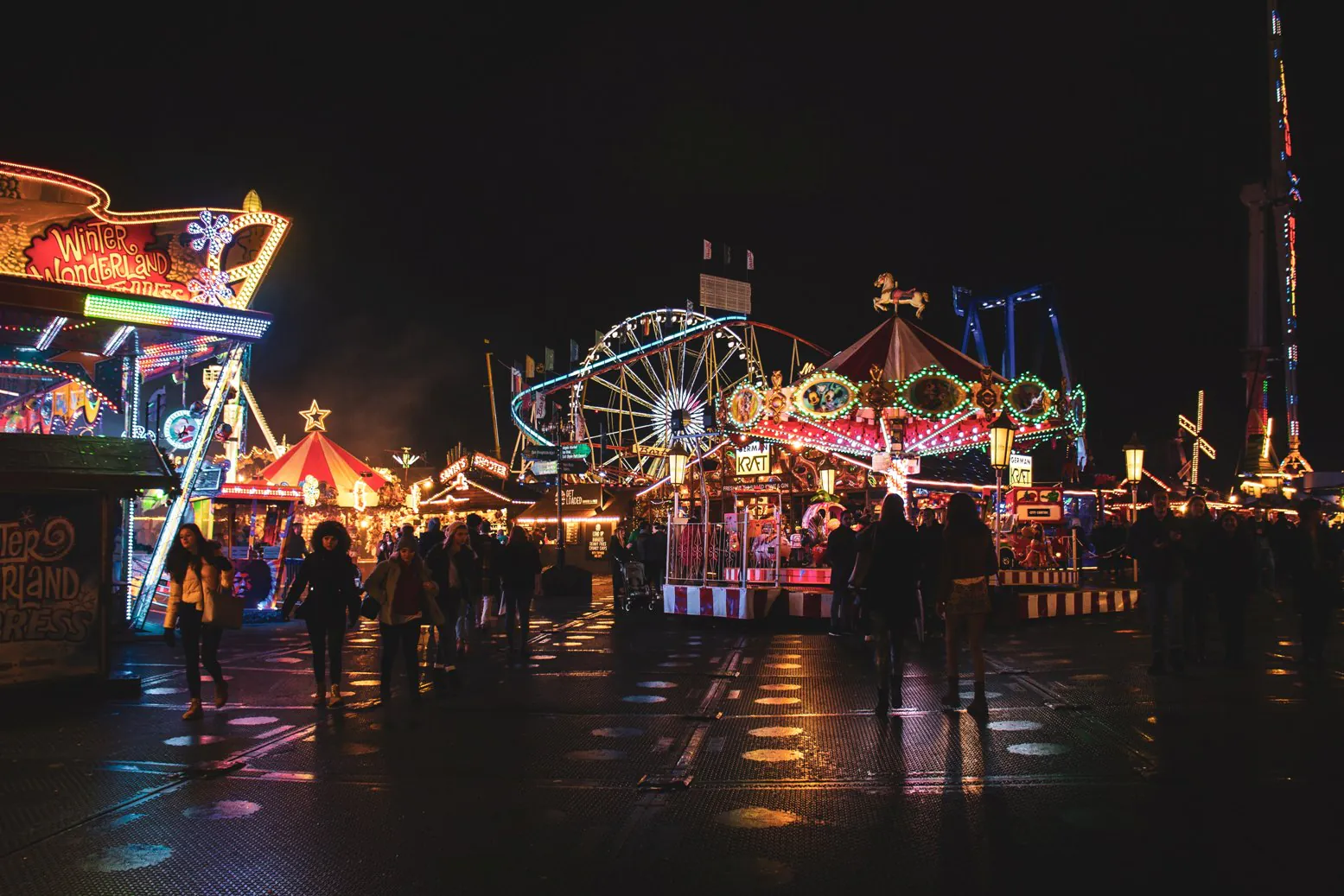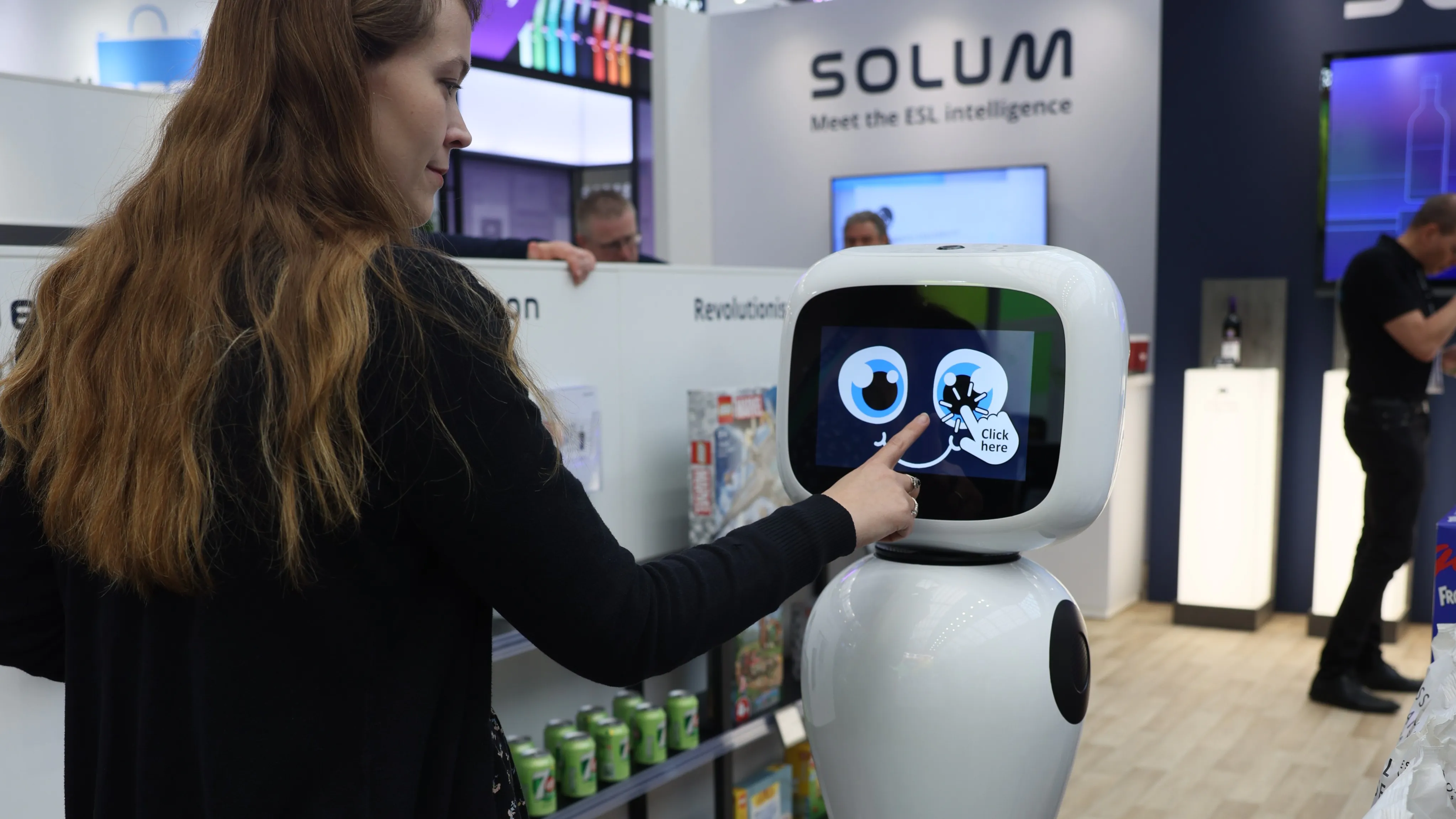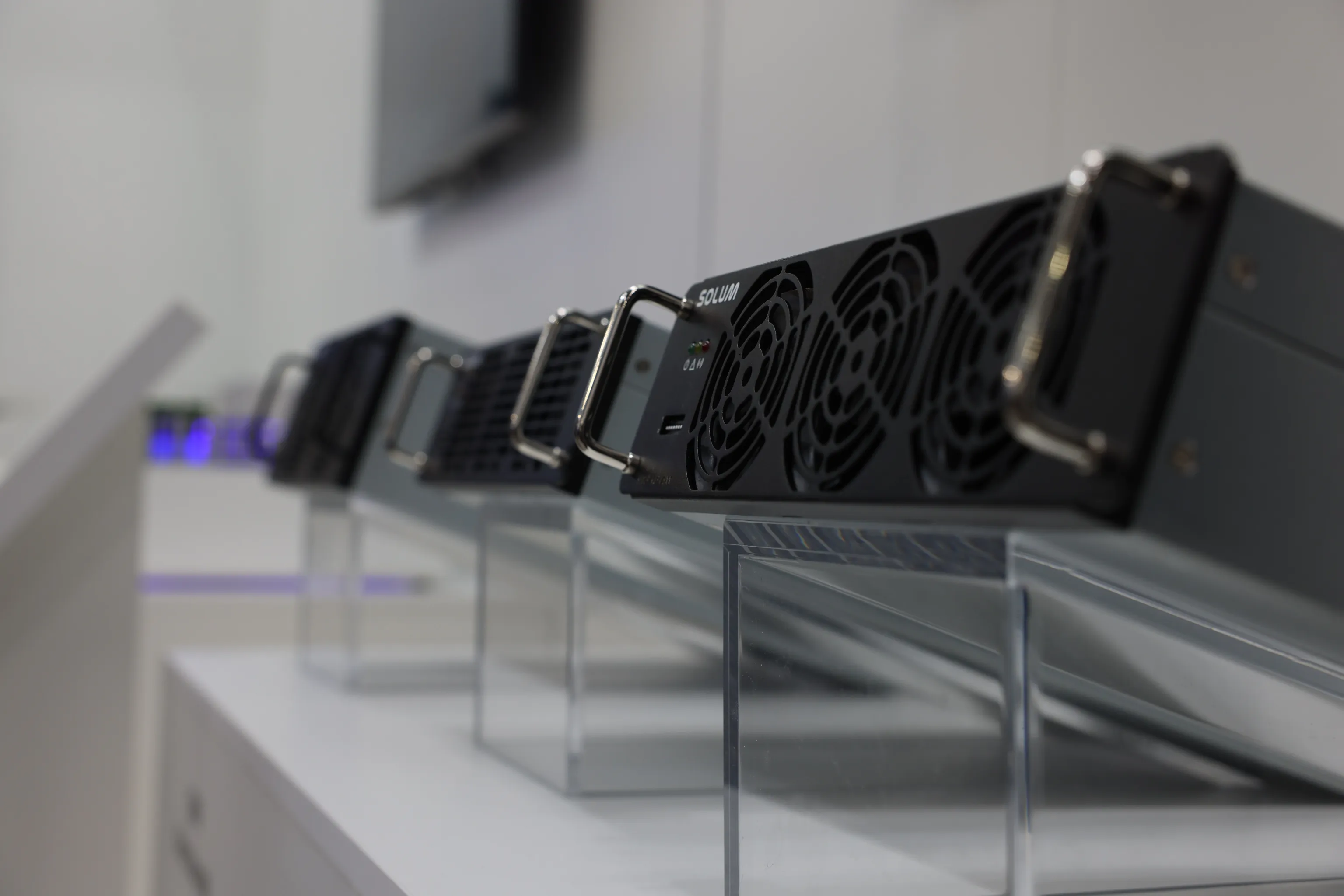Why Solar Street Lights are Better for Theme Park Safety
Amusement parks and theme parks are known to be destinations for family entertainment. However, they can also be a source of danger. Not only do visitors need to be careful, but theme parks themselves continue to check and improve security and safety for the entire establishment. This is where SOLUM Solar Street Lights come in. Something as simple and straightforward as solar street lights can significantly improve theme park safety.
Common accidents and injuries in amusement parks and theme parks
Picture thick crowds and hundreds of people exploring the park and going on rides all day. In a situation like this, more often than not, accidents and injuries occur. There’s a lot of adrenaline and a lot of energy, which can lead to a few mistakes, distractions, and unwanted mishaps for a lot of people.
Common accidents and injuries at a theme park can include:
- Slip and Falls: Wet or uneven surfaces, spilled food or drinks, and inadequate signage can lead to slip and fall accidents.
- Roller Coaster Injuries: Roller coasters are a major attraction at many theme parks. Injuries can occur due to mechanical failures, rider restraint issues, or even medical conditions exacerbated by the ride's intense motion.
- Water Ride Injuries: Water rides, such as water slides and log flumes, can lead to injuries like bruising, scrapes, and even broken bones if riders are not properly secured or if they collide with other riders or structures.
- Whiplash and Neck Injuries: Sudden stops, starts, and jerky motions on certain rides can result in whiplash and neck injuries.
- Head Injuries: Impact with overhanging structures, restraints, or other passengers can lead to head injuries on some rides.
- Strains and Sprains: The physical exertion required to participate in certain activities, like go-kart racing or climbing structures, can result in muscle strains and sprains.
- Food Poisoning: Improper food handling and storage can lead to foodborne illnesses if visitors consume contaminated food or beverages.
- Heat-Related Illnesses: Theme parks are often located in sunny and warm climates, and visitors may suffer from heat-related illnesses like heat exhaustion and heatstroke. Visitors may underestimate the amount of sun exposure and heat they will experience, leading to sunburn and dehydration.
- Allergic Reactions: Some visitors may have allergic reactions to food ingredients or insect stings while at the park.
- Collisions: In bumper cars and go-karts, collisions with other vehicles or structures can result in injuries such as bruises, cuts, or broken bones.
- Trips and Falls: Uneven walkways, poor lighting, or obstructions can lead to trips and falls within the park itself.
- Insect Bites and Stings: In outdoor parks, visitors may encounter insects and could experience bites or stings.
- Mechanical ride malfunctions or failures: And of course, ride malfunctions can also be expected in theme parks and amusement parks. Some machines might not start, stop working in the middle of the ride, collapse, or more. Unfortunately, these can lead to grave accidents and injuries such as amputations, lacerations, abrasions, cuts, bone fractures, and more.
Theme park safety protocols to avoid accidents
To keep visits fun and entertaining, amusement parks and theme parks take safety seriously. They have safety and security protocols, inspections, and guidelines in place to minimize the risk of accidents and injuries and protect the well-being of staff and patrons. Visitors can also take steps and apply safety tips to ensure their own safety, such as following ride rules, staying hydrated, and being aware of their surroundings.
Here are some theme park safety and security protocols that will minimize accidents:
- Ride Inspections: Regular inspections of all rides and attractions by certified inspectors are conducted to ensure they meet safety standards and are in proper working order.
- Ride Restrictions or Requirements: Clearly posted height, age, or weight restrictions for each ride to prevent individuals who may not be physically or developmentally ready from participating.
- Ride Operator Training: Training for ride operators to ensure they are knowledgeable about the specific safety procedures for each ride and can respond to emergencies effectively.
- Safety Restraints: Properly designed and maintained safety restraints, such as lap bars, harnesses, and seatbelts, will keep riders secure during the attraction.
- Queue Management: Managed and organized queue lines with marked waiting areas to prevent overcrowding and ensure orderly boarding.
- Emergency Protocols: Established emergency procedures and evacuation plans for each ride, with trained staff capable of managing and guiding guests in the event of ride malfunctions.
- First Aid Stations: Theme parks have on-site first aid stations staffed by trained medical personnel to provide immediate assistance to guests who require medical attention.
- Guest Safety Information: Displayed safety guidelines and instructions at each ride, as well as safety announcements, which are often repeated through audio systems in the entire park.
- Parental Supervision: There is also encouragement of adult supervision for younger visitors and reminders for parents and guardians to keep a watchful eye on their children.
- Sun Protection: Promotion of sun protection measures, including sunscreen application and the availability of shaded areas.
- Hydration Reminders: There is encouragement for visitors to stay hydrated by providing water fountains, water bottle refill stations, and reminders to drink water throughout the day.
- Cleanliness and Sanitation: Theme parks also implement routine cleaning and sanitization of high-touch areas. This includes various handrails, seats, and safety restraints.
- Accessibility: Theme parks also usually provide accommodations for guests with disabilities, such as accessible pathways, ramps, and designated ride-loading areas.
- Food Safety: Parks also adhere to food safety standards for food preparation and handling to prevent foodborne illnesses.
- Security Measures: Implementation of security measures to ensure the safety of guests, including bag checks and metal detectors in some cases.
- Weather Alerts: Other theme parks also monitor weather conditions and even implement temporary closures of outdoor rides during severe weather, such as thunderstorms, high winds, or extreme heat.
- Lost and Found Services: This is assistance for guests who have lost personal belongings, including a dedicated lost and found area.
- Updated Utilities and Maintenance: Theme parks also make it a point to update and maintain various utilities and services in their establishments.
- Installation of Proper Lighting: Proper lighting can also do a lot for theme park safety. This includes providing ample lighting in the dark, reducing confusion and fatigue, reducing crimes and suspicious activities, reducing electrical problems, and more.
It's important for theme parks to encourage visitors to familiarize themselves with these safety protocols and adhere to the guidelines. All of these will lead to a safe and enjoyable experience.
Reasons why solar street lights improve theme park safety
As mentioned above, solar streetlights can vastly improve safety and security in theme parks. If used and placed properly, it can contribute to overall safety, guest satisfaction, ambiance, and more.
Here’s how solar street lights can help improve theme park safety in several ways:
Enhanced Visibility
Solar streetlights provide consistent and reliable lighting in and around theme parks, ensuring that pathways, walkways, and parking areas are well-lit. This improved visibility reduces the risk of accidents, such as trips and falls, which can occur in dimly lit or shadowy areas and at nighttime.
Extended Operating Hours or Special Events
Theme parks often operate into the evening or have special nighttime events. Solar streetlights help extend the operating hours by providing adequate lighting after dark. This allows visitors to navigate the park safely during evening activities and allows the staff to properly manage or organize nighttime activities.
Deterrence of Criminal or Suspicious Activity
Well-lit areas are less attractive to potential criminals and wrongdoers. According to the Los Angeles Times’s analysis of crime reports, some of the most common offenses at theme parks include pickpocketing, purse snatching, shoplifting, theft from cars, and more. Solar streetlights can act as a deterrent to these kinds of offenses. It can also help deter vandalism and other criminal or suspicious activities in and around the park. This enhances the overall safety and security of the premises.
Emergency Response
In the event of an emergency or evacuation, properly lit pathways and exit routes can help visitors and staff safely navigate the park and reach designated assembly areas or emergency exits. This includes earthquakes, extreme weather conditions, medical or chemical emergencies, fires, big accidents, and more.
Solar street lights are also more than beneficial when it comes to power outages, as they have an extended life source. They can keep the visitors safe even though the shops and attractions have no light or electricity.
Reduced Risk of Wildlife Encounters
In some theme park settings, wildlife encounters can pose safety risks. Adequate lighting from solar street lights can help deter animals from approaching or crossing pedestrian areas, reducing the likelihood of potentially dangerous interactions. This also helps protect both people and animals.
Reduce Underground Wiring Dangers
There are some theme parks with underground electrical wiring. Disney theme parks, for example, have underground utility tunnels for electrical operations, waste removal, storage, emergency services, and more. Solar street lights can be a good alternative to avoid any kind of accidents and electrical problems with the underground wiring in case of earthquakes or more. These lights rely on natural sunlight and won’t need to be a part of the electrical system.
Energy Efficiency
Solar streetlights are energy-efficient, as they harness the power of the sun to generate electricity. This can lead to significant cost savings for theme parks, especially in the long run. They can reduce their energy consumption and carbon footprint, all while providing necessary lighting for the entire park.
Environmental Benefits
Theme parks are not known to be the most sustainable establishments. Often, they come with significant negative impacts on the environment. This means implementing solar streetlights is a good way to be sustainable and keep the environment safe. They are environmentally friendly as they do not rely on grid electricity or generate greenhouse gas emissions. Using solar energy contributes to a park's sustainability efforts and environmental responsibility.
Low Maintenance
Solar streetlights typically have low maintenance requirements, which means reduced operational costs for theme parks. They are also independent of power outages or electrical problems, ensuring continuous lighting during power disruptions.
Customization
Solar streetlights come in various designs and styles, allowing theme parks to choose fixtures that complement their aesthetics, themes, and specific locations. This enhances the overall ambiance and guest experience.
Public Perception
The presence of well-lit and safe areas in theme parks can positively influence the perception of visitors. When guests feel safe, they are more likely to have an enjoyable and memorable experience, encouraging repeat visits and positive word-of-mouth recommendations.
Overall, solar streetlights can be a valuable addition to theme parks. They would help create a safer and more enjoyable environment for visitors and staff alike.
SOLUM Solar Street Lights for Theme Park Safety
SOLUM Group has developed a powerful yet sustainable lighting solution for the outdoors. The SOLUM Solar Street Lights harness the power of the sun without the need for AC power. This makes it a cost-effective and environmentally friendly lighting solution for cities, remote areas, and various outdoor establishments.
This kind of solar street light already brings numerous advantages to communities. Theme parks and amusement parks can take advantage of this innovative illumination system as well. Not only will it improve safety, but it will also help elevate the atmosphere and aesthetics of the park.
Here are some SOLUM Solar Street Lights features that will help enhance theme park safety:
- Efficient LED Lighting
- Automatic On/Off
- Programmable Time Dimming
- Intelligent Power Control
- Premium Quality Components
- Advanced Maximum Power Point Tracking Technology
- Intelligent Battery Management System
- Customizable LID (Luminous Intensity Distribution) Applied Lens
- IP65-Rated Waterproof and Dustproof Enclosure
Overall, this high-performing street lighting solution is more than enough for attractions that bring life and entertainment to families, kids, and individuals.
Ready to apply powerful and sustainable street lighting to your theme park? Talk to SOLUM Group experts today and find out how you can illuminate your theme park seamlessly.











